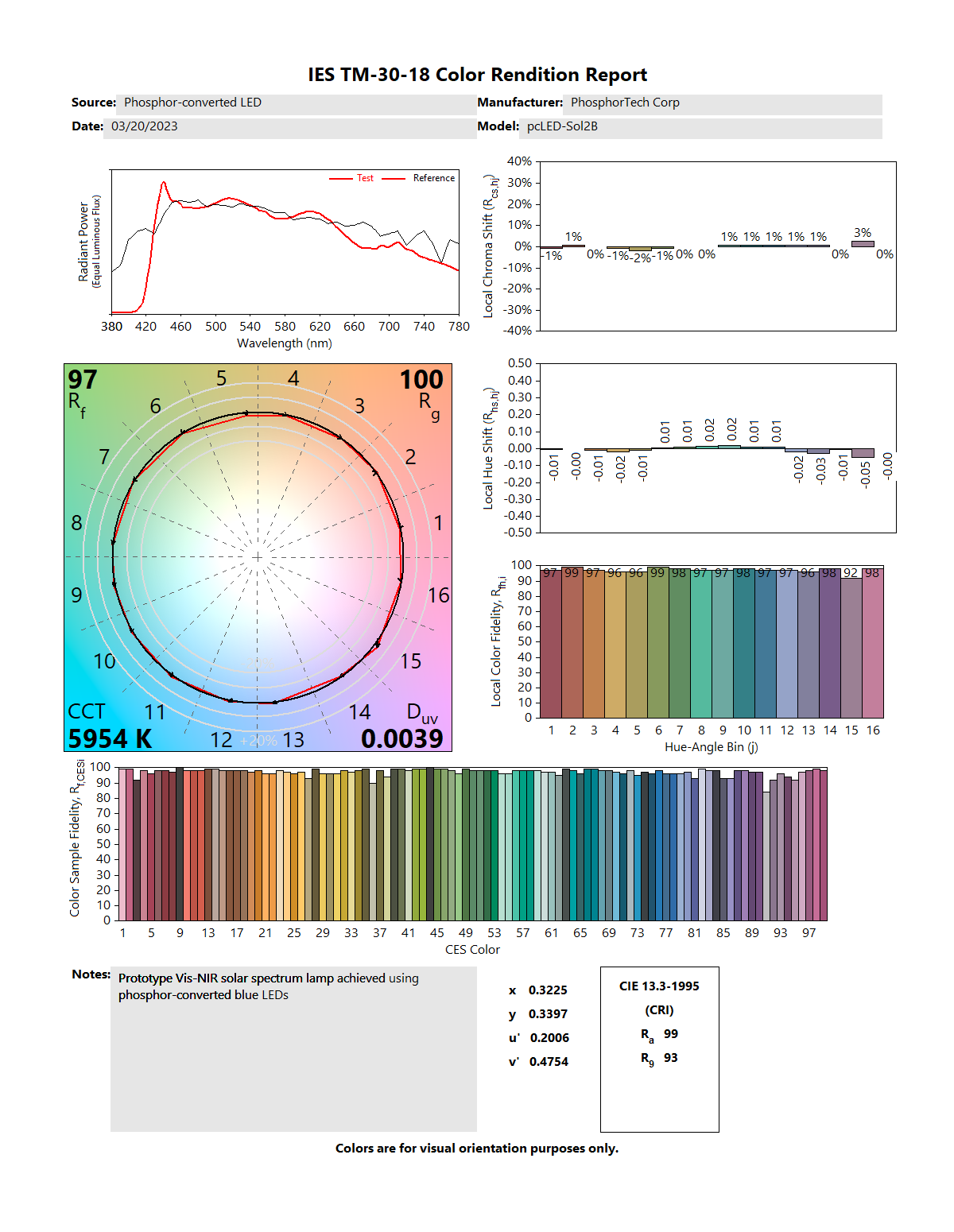The type of lighting we are exposed to can have a significant impact on our health and wellness. Recent evidence from the medical community has linked various parts of the light spectrum to a wide range of physiological responses. Research over the past 20 years has demonstrated that circadian synchronization, mood, and alerting response have spectral sensitivities that are different from those of the visual system.
Since the introduction of white solid-state lighting using phosphor-converted LEDs in the 1990s, the focus of material and device-based research has been on the optimization of the white LED lamp luminous efficacy for energy conservation. Doing so required developing a white light spectrum in such a way as to match the photopic or scotopic response of the human visual system. This required abandoning the violet, deep red and near-infrared parts of the electromagnetic spectrum due to their low lumen content (low visual response sensitivity) and their effect on reducing the luminous efficacy of the LED lamp.
However, recent biological evidence has suggested that violet, deep red and near-infrared (NIR) lighting play an important role in health and wellness by affecting various physiological processes. Violet light has been shown to stop the progression of myopia, according to recent evidence from the medical community. NIR can trigger photostimulation and photobiomodulation effects. This makes certain parts of the light spectrum particularly beneficial for neural stimulation, wound healing, and cancer treatment. Nerve cells in particular respond well to IR, so NIR light therapy has been proposed for a wide range of neurostimulation and neuromodulation applications. Commercial LEDs and traditional forms of lighting lack in many of those areas but a light source rich in both violet and NIR light can also be produced using similar phosphor-converted technology.
Sun-like lighting sources can be manufactured using low-cost LEDs and phosphors without the damaging effects of ultraviolet radiation present in the natural solar spectrum. By combining blue LEDs with various phosphors covering the visible and near-infrared parts of the spectrum, it is possible to produce a broadband artificial sun with beneficial infrared and violet radiation. This approach can even be used to manufacture tunable SSL sources with spectral emission resembling the solar output during different times of the day and at various elevations and across different latitudes.
